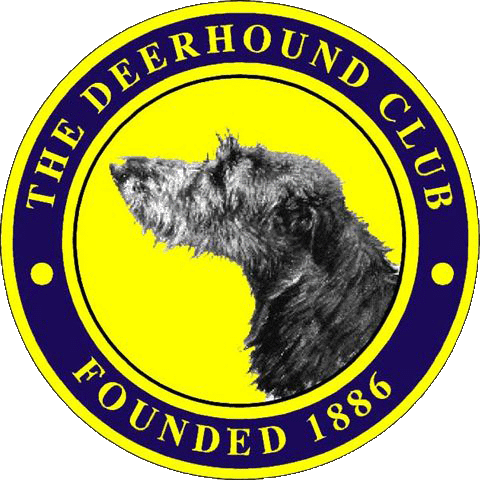Von Willebrands Disease |
|
The disease and its DiagnosisVon Willebrands Disease (vWD) is one of the most frequently occurring of the many blood clotting defects recognised in mammals. It is seen in avariety of species especially humans and dogs. It is caused by a deficiency in the circulation of Willebrands Factor (vWF) a complex blood protein. A large and very complex gene codes for the production of vWF. This gene can be altered by one of many mutations (faults) that result, if damaged copies are inherited from both parents, in a reduction or absence of vWF and resulting vWD. Each diferent mutation in the gene can result in a characteristic pattern of severity and incidence of bleeding. Three distinct mutations commonly cause vWD. Each has been recognised in a different group of dog breeds. The Deerhound is not generally recognised as carrying vWD as an inherited problem. The level vWF can be directly measured in suitable blood samples. In many breeds low levels of vWF are taken to indicate the presence of vWD. Intermediate levels are said to suggest a carrier state where only one not a pair of faulty genes has been inherited. The test is however not simple or easy. At present it is not performed in the UK from where samples are usually sent to the USA for testing. The samples must be taken, handled and processed very carefully for any sort of reliable result to be obtained. Von Willebrands Disease and the DeerhoundSome months ago, the death in the nest of a number of Deerhound puppies was upsetting for the owner but in itself not unusual. However post mortem examination led the attending veterinary surgeon to suspect vWD. Blood samples taken from the parents were assayed for vWF with intermediate level results. This suggested that both might be carriers of and that the puppies had therefore died from vWD. Soon after this a number of other Deerhounds, some closely related, others not, were tested. Initial worry at the number of apparent carriers has progressed to suspicions that the notoriously tricky vWF assay may not be at all reliable in the Deerhound. A high frequency of carriers in the breed would be likely to have produced a high profile of affected animals. Initially plans were drawn up to blood sample approximately 50 Deerhounds to survey the likely incidence of the vWD carrier status in the breed. Doubts cast on the validity of the test results lead to a rethink. Instead DNA samples from the parents of the apparently affected litter are being submitted for sequencing of their vW genes. This will be undertaken by Matthew Binns, Professor of Genetics at the Royal Veterinary College. An acknowledged expert on the vW gene, he will look for evidence of the three well known mutations in this gene or indeed any other "novel" mutation. If vWD is proven to occur in the Deerhound, a survey of the breed can be undertaken by DNA sequencing the vW gene for a sample of 50 or more Deerhounds. This would give an indication of the incidence of the gene throughout the breed. The testing of the parents DNA will take approximately 4 months. A breed survey is likely to take a similar time. Advice to Deerhound ownersThat Deerhound owners should be concerned by this apparent development is understandable. The fundamental questions are: Does vWD occur in the Deerhound? How widespread is the gene defect in the breed as a whole? Can we detect carriers? How do we control and eliminate the problem? Unfortunately, until we know the answer to the first question, we cannot proceed to the others. However accurate guidance will be possible once the DNA testing has been completed. It remains possible that vWF assays in the Deerhound are significantly less reliable than in other dog breeds. Other blood factors may be interfering with the tests. Unti now general observation of the breed has not suggested the widespread presence of a clotting defect syndrome. It is thus valid to cast least slight doubt on the reliability of the test results obtained to date. Owners of Deerhounds showing any signs of a problem with blood clotting should take note of this condition and consult their veterinary surgeon. Any affected adults should be sampled for their DNA. This can easily be achieved by the taking of a blood sample (EDTA anticoagulant is considered best) alhough any unpreserved body tissue including a swab of the cheek lining can yield suitable material. Sue Finnett BVM&S MRCVS;
|
